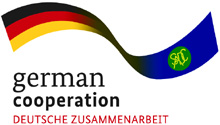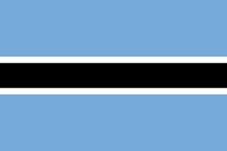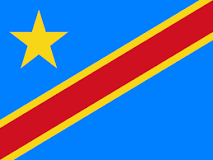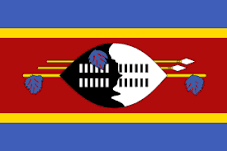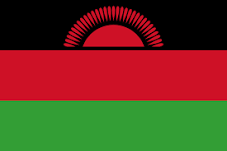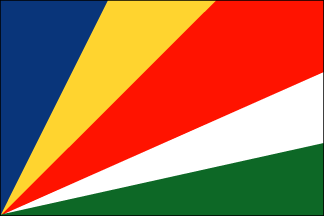Mozambique

Mozambique lies on the east coast of Southern Africa, measuring a total of some 799,380 km² in area. The country borders the United Republic of Tanzania, Zambia, Malawi, Zimbabwe, South Africa and Swaziland. The country’s extensive coastline stretches 2,515 km along the south east and east coast of Africa. The Zambezi and Limpopo rivers, two of Africa’s major rivers, flow through Mozambique to the Indian Ocean. There are a number of islands on the coast including the Quirimba Archipelago in the region of Cabo Delgado, Mozambique Island in Nampula province, Chiloane Island in Sofala, the Bazaruto Archipelago in Inhambane and Inhaca Island in Maputo province.
Agriculture plays an important role in the economy of Mozambique. In 2006 the contribution of agriculture to GDP was about 25%. However, recently the real contribution of the agriculture sector (as a percentage of the country GDP) has decreased from around 35% in 1991 to about 24% in 2008, while overall value added in agriculture expanded by 74 percent over the past 10 years. There has also been substantial investment in agriculture recently especially in clearing land for extensive expansion of cultivated area.
The main farming system in Mozambique is traditional farming which is mainly focused on subsistence agriculture. Mozambican agrarian landscape is dominated by smallholder agriculture. About 99.6% of agricultural households (family sector) farm in small size plots which cover about 95% of total farmed area in the country. In 2006 the number of small and medium sized farms was around 3,396,000 exploiting about 5.1 million hectares. They rely mainly on traditional plant varieties and cultivation techniques, with maize and cassava being the main crops produced. Large commercial farms occupy less than 1% of the total cultivated area in the country.











